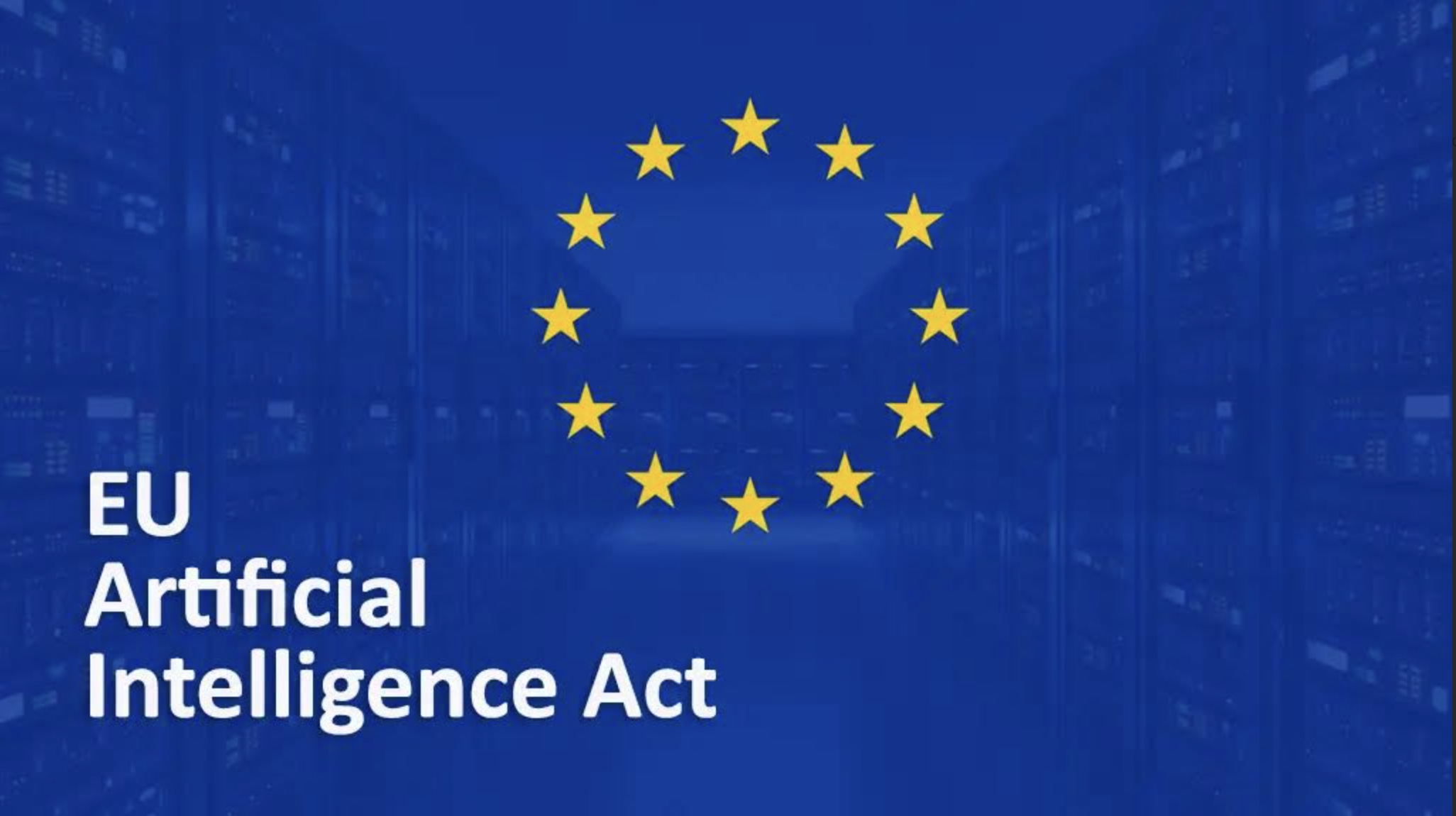The EU AI Act Is Here: What Schools Must Do Now
Written by: Morgan Mifflin, MSA AI Project Manager (posted Thurs, May 8th, 2025 | 9:33 am)
While the White House's new AI Executive Order is making headlines, school leaders in the EU need to pay close attention to what's already in motion: the EU AI Act.
Adopted in June 2024 and now entering into force, this landmark legislation formally recognizes schools as deployers of AI systems under Article 29—and that comes with real responsibility.
While European countries will be given a two year period to adapt to the new law, the prohibition against “high-risk” AI systems is already in place. The Act, called EUR LEX 2024/1689, defines high-risk AI systems in Recital 52 as those that “pose a high risk of harm to the health and safety or the fundamental rights of persons.” In schools, this can include:
Automated grading systems
AI-based admissions software
Behavior or performance tracking
AI-driven language proficiency evaluators
Predictive tools that flag students as high-risk
If your school uses a high-risk AI system, you are required to comply with strict guidelines around transparency, accuracy, human oversight, and risk management (Articles 8–15, emphasis added).
Who will be impacted?
The EU AI Act affects a wide range of stakeholders—from developers to deployers.
Schools fall into the “deployer” category when they use AI tools (such as ChatGPT or MagicSchool.ai) in their teaching, operations, or decision-making processes.
4 Steps that Every School Leader Should Take
Promote AI literacy and ethical use– develop shared understanding among staff and students (Article 4).
Ensure human oversight of AI systems–keep humans in the loop (Article 14).
Know your AI tools and how to use them appropriately–understand intent and risk (Articles 9, 26, 29).
Protect students from harmful AI use–avoid banned practices (Article 5).
Immediate Next Steps for Schools in the EU
Audit how AI is already being used at your school–know which tools are active and who is using them.
Third parties such as 9ine are already doing this! Check out their Application Library.
Train staff on AI literacy, safety, and ethics–prepare educators for confident oversight.
See MSA’s resource library for FREE courses in AI literacy, toolkits, and frameworks.
Establish AI use guidelines–set school-wide expectations for safe and transparent use.
Check out the Responsible AI In Learning endorsement program offered by MSA.
Assign AI oversight to a leadership role–appoint someone to lead and monitor implementation.
See this comprehensive AI Organizational Chart developed by AI for Equity.
EU AI Act Timeline
June 13, 2024: Formal adoption of the AI Act by the European Parliament and Council
August 1, 2024: Entry into force—Regulation officially becomes EU law
Late 2024 / Early 2025: Application of prohibited AI systems begins (e.g. social scoring, real-time biometric surveillance)
Mid to Late 2025: Establishment and operationalization of the European AI Office
August 1, 2026: Full application—obligations apply to high-risk, limited-risk, and GPAI
For the official regulation text, visit EUR-Lex: Regulation (EU) 2024/1689

